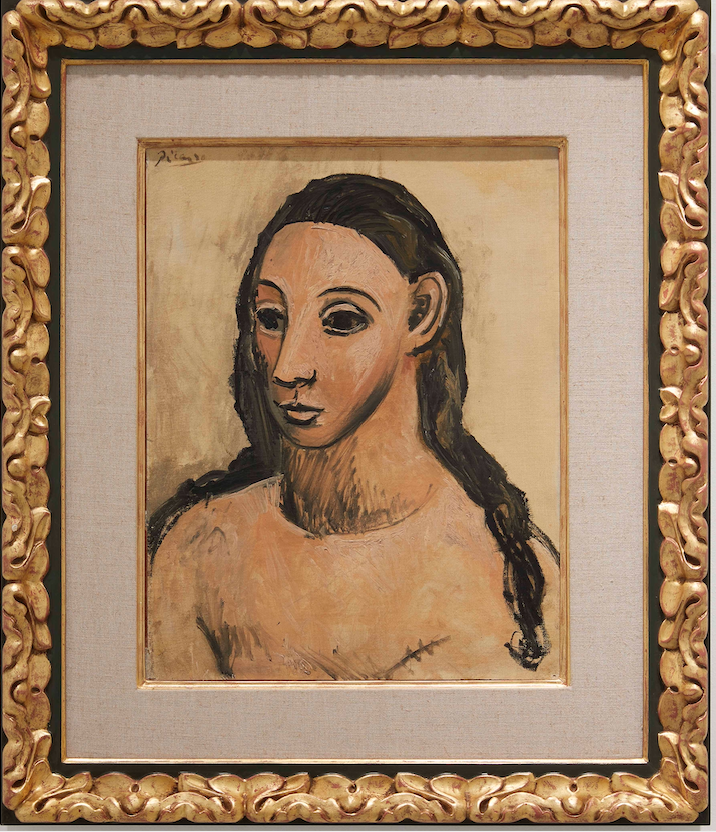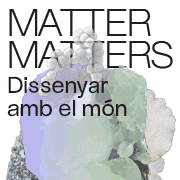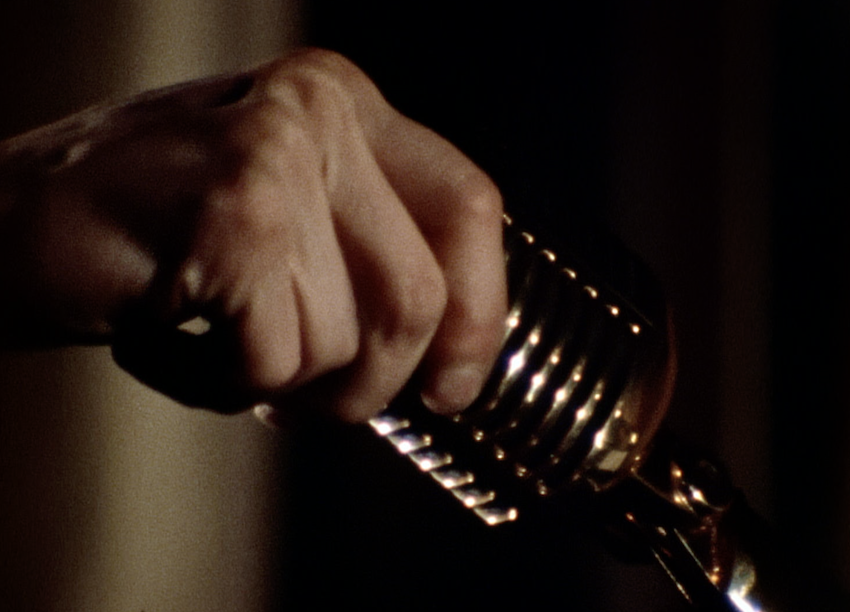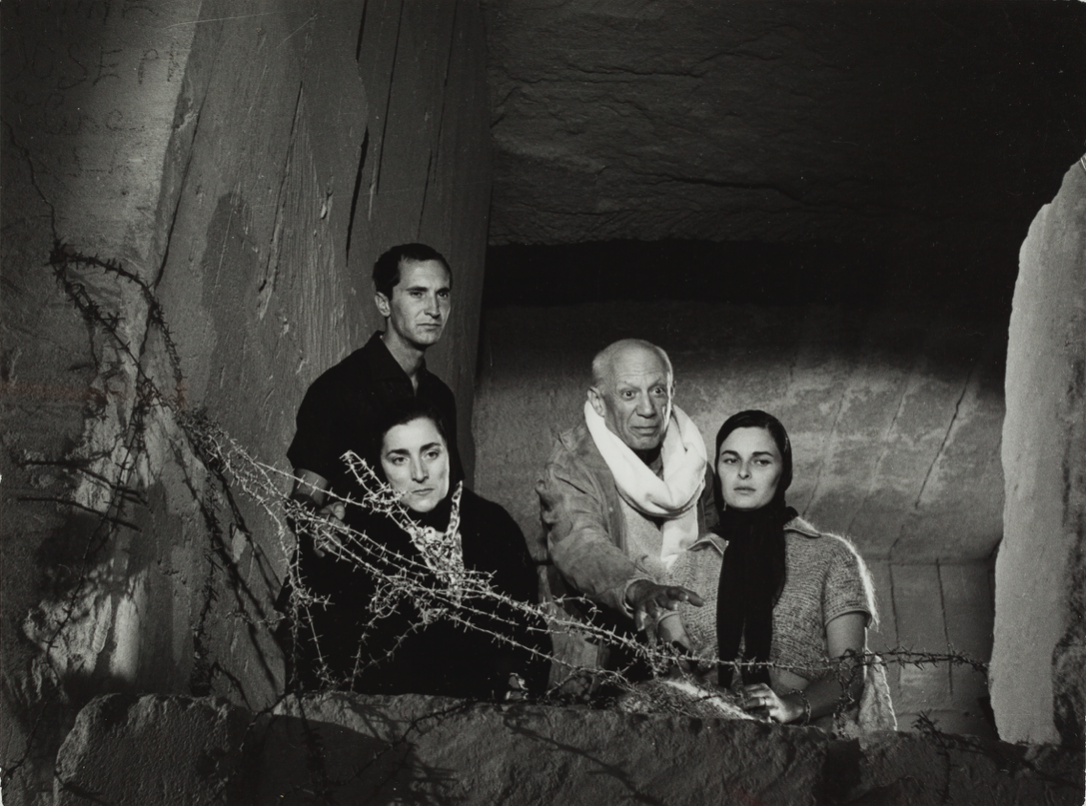News
Picasso's "Bust of a Young Woman" is already hanging on the walls of the Queen Sofia

Picasso's canvas, Bust of a Young Woman (1906), has been incorporated into the walls of one of the rooms on the second floor of the Queen Sofia. The work, which has remained in the Museum's warehouses since August 2015, as a police depot, when it was confiscated and after the corresponding legal process, is now part of the Collection, becoming also , in one of the important pieces of the Picasso 1906 exhibition that the Museum will present in 2023, coinciding with the commemoration of the 50th anniversary of the death of the Malaga artist.
For historiography referring to the artist, 1906 is a pivotal year in the production and life of Picasso: it coincides with the presentation of the exhibition dedicated to Henri Matisse at the Druet Gallery in Paris; the painter discovers the Iberian art of Osuna and the Hill of Saints in the Louvre, and establishes his friendship with the Stein family. It is also the year he travels to Gósol, a town in Lleida where he stays for about three months. The conceptual, aesthetic and formal revolution that Picasso experienced during his stay in this town is fundamental to understanding the Cubist revolution. The findings made at this time will have a decisive influence not only on Cubism, but also on the later evolution of twentieth-century painting, and may even be considered one of the keys to modern art. According to experts, this bust and the like are a precedent for the emblematic painting Las señoritas de Avinyó (1907), a central piece of Proto-Cubism and the starting point of Cubism.
Bust of a young woman once belonged to Paul Guillaume, a key figure in the collecting, promotion and trade of art in Paris in the first third of the twentieth century. Indicative of the relevance of the Paul Guillaume Collection is the fact that the pieces that made it up, for the most part, are currently preserved in the Musée de l'Orangerie in Paris. The painting was acquired in 1977 at the Marlborough Gallery in London by Jaime Botín, who in 2012 authorized Christie's Iberica to sell the work at an auction in London.
The Secretary of State for Culture denies permission to the owner for the painting to leave Spain after being considered by the Board of Qualification, Valuation and Export of Spanish Historical Heritage Assets, dependent on the Ministry of Culture and Sport, unanimously , a unique, non-exportable asset, "as there is no similar work in Spanish territory".
This decision was further supported by a report from one of its members, at that time a curator of painting until 1939 of the Collections Department of the Reina Sofía Museum, which highlighted the exceptional importance of painting.
The oil was intercepted on July 31, 2015 in Corsica by the Civil Guard and the customs service of the French island. On August 11, 2015, the painting arrived at Reina Sofia, guarded by agents of the Central Operational Unit (UCO) of the Civil Guard, as a police depot, and is being kept in warehouses pending the completion of the investigation and process. judicial.
On January 14, 2020, the criminal court number 27 of Madrid issued a sentence in the sense that a crime has been committed against the Spanish historical heritage. The painting becomes the property of the state. In March 2021, Chamber III of the Supreme Court dismissed the cassation appeals raised by Jaime Botín. The 89th Historical Heritage Council held on November 11, 2021 in Menorca agrees to dedicate the work to the Queen Sofia Collection. The Minister of Culture and Sport, Miguel Iceta, signed the ministerial order assigning the work to this Museum on 15 November, where it can be seen from now on.
Card:
Bust of a Young Woman .Pablo Picasso (1881-1973). Paris, autumn 1906. Oil on canvas, 54 x 42 cm. © Pablo Picasso Succession, VEGAP, Madrid, 2022








